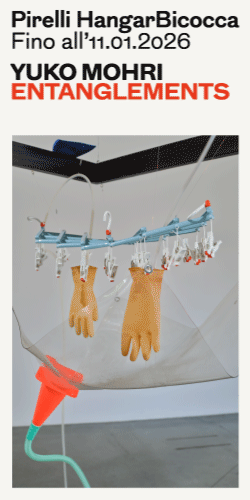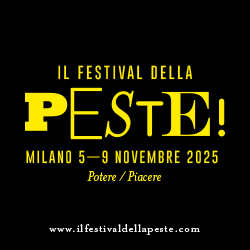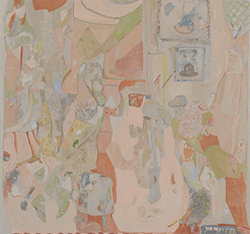[nemus_slider id=”48850″]
On October 5 Museo Carlo Zauli in Faenza will present Claymation, solo show by Jonathan Monk curated by Guido Molinari. The exhibition features ceramic artworks designed by Monk during his June residency for the XII edition of the project Residenza d’Artista.
We asked some questions to Jonathan Monk to know more about this project.
ATP: Could you introduce us to your residency? How did you manage your time in Faenza?
Jonathan Monk: I managed it very well. It was quite short and reasonably intense. I haven’t really worked in ceramics since I was in high school, so it was really a chance to explore the media again. In the end I came out with two different things, and the third was just an attempt, or an experiment. From my experience at high school, I remember that there was a clay bin in the corner of the space. It was there to recycle failed attempts. Once students made an object and they were not happy with it, the clay was just recycled. It was a big bucket that was full of water that people would throw their mistakes into, so the clay can be used again. I took this idea and actually made a one to one copy of a dustbin, that would be painted outside black, like the plastic bin it’s been taken from, and the inside just shows the clay and my fingerprints how they were pushed into the mould. This is one of the pieces that were made. The other piece is actually quite hard to explain, and even when you see it it’s hard to imagine, but it was a vase, or it is a vase, or hopefully it will be a vase if it survives the journey through the kiln. It’s based on my hands, I used them as the negative space inside the vase, so it’s possible to put ten flowers in it. Each stem of the flower goes into what would be the negative of my fingers. It looks kind of crude, but hopefully it will work. It was very complicated to make. I’m not involved in that process, we just used my hands.
ATP: In Faenza did you discovered new or traditional techniques that inspired you for other works?
JM: Maybe more about the process of how you can work with clay became interesting during the days that I was here. Being such an old and traditional material, to be honest I’ve not really explored it greatly, but it was nice to come here and thing about the possibilities of using clay in different ways. I had ideas for other things that I could make in the future, maybe with other ceramicists from this area. We’ll see it if it goes any further.
ATP: What are these ideas about?
JM: I want to copy an existing sculpture by someone else, and then find this moment, which I’m not really sure exists, where the clay is not dry exactly but it’s possible to take it out of the mould, and cut it in half, or bend it slightly. I don’t know if it’s even possible. We made another cast yesterday and we took it out of the mould today, and I think there must be a moment when you can still play around with the clay before it’s dry, and then hopefully fire the clay when it’s been manipulated slightly.
ATP: Could you tell me further about your interest in the process?
JM: I guess with clay and ceramics you’re always following almost the same process, and then every ceramicist over the centuries added their own touch of magic – not that I feel that I have any magic touches, but you can see what other people have done and maybe twist the process slightly, hopefully changing it and adding things that have not been added before, which I’m sure it’s very difficult, if not impossible.
I also like the idea that in the last minutes or the last seconds of a piece being made, if you have air bubbles in the clay, it can still actually explode in the kiln. I guess it’s like when you make a film on real film and you’re not sure until it gets processed of what’s on the actual film. It’s something that I still find interesting, the excitement whether the things actually gonna work. You can spend months creating something with the idea that it could be destroyed when you try to finish it.
ATP: Why did you decide to call the exhibition Claymation? Is it also the title of one of the pieces?
JM: Maybe not. I didn’t really have a title, I have to say, but I quite like this idea of claymation. Wallace and Gromit, you know? That’s not clay, but it’s some material that they animate with stop motions, and these characters come alive. I guess the idea of claymation is speaking about what essentially is just soil and that you can give it life – up to a point, I mean, it doesn’t appear to be alive but you give it another life, so that’s why I thought claymation might makes sense, even if it’s not really Wallace and Gromit. (laughs) It’s funny, but it makes sense.
Until December 6












